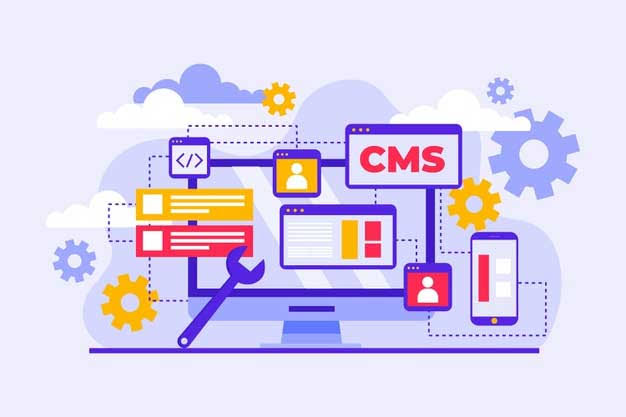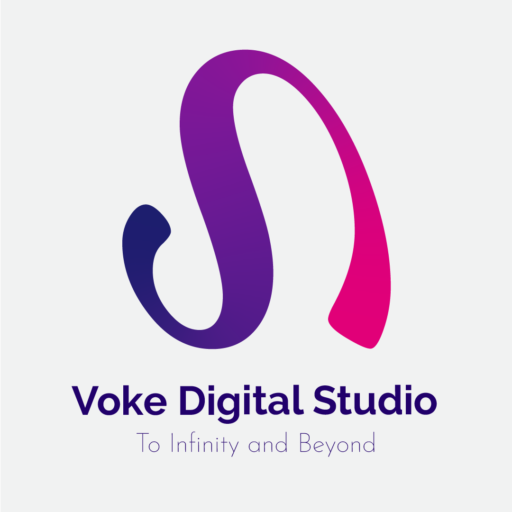
The Headless CMS Way: Flexibility, Speed, And Everything In Between!
Discover how headless CMS transforms content management, offering flexibility, scalability, and multi-channel benefits for modern businesses and marketers.
Table of Contents
- Thinking Outside the Box: How Headless CMS is Transforming Content
- What is a Headless CMS?
- Key Benefits of a Headless CMS
- Headless CMS vs Traditional CMS: What’s Best for Your Business?
- How to Implement Headless Content System in Your Strategy
- Harnessing the Power of Next-Gen Content Management
Thinking Outside The Box: How Headless CMS Is Transforming Content

In the fast-paced world of digital marketing, businesses are continually exploring ways to enhance their content management strategies. One tool that has gained significant traction in recent years is headless CMS. If you’re looking to streamline your content delivery across multiple channels, adopting a decoupled CMS can offer the flexibility, scalability, and efficiency you need. In this blog, we’ll explore the benefits of headless CMS, compare it with traditional systems, and show you how it can become an integral part of your content strategy.
What Is A Headless CMS?
A headless CMS is a content management system that decouples the backend (where content is created and stored) from the frontend (where it is displayed). This approach provides businesses with greater flexibility, as the content can be pushed to any platform, whether a website, mobile app, or digital signage. Unlike traditional CMS platforms that combine both content management and presentation, a decoupled CMS focuses solely on content delivery through an API, allowing you to manage your content and push it anywhere.
This system is particularly useful for businesses that need to deliver content across multiple platforms and channels while keeping their content creation streamlined and independent of specific presentation layers.
Key Benefits Of A Headless CMS
- Flexibility in Content Delivery
A primary advantage of a decoupled CMS is the flexibility it offers. Unlike traditional systems, where content is typically tied to a specific platform, a headless CMS enables content to be pushed across a wide range of platforms. Whether you need to deliver content to your website, mobile app, or even emerging digital platforms, a headless content management system offers the versatility that modern businesses require. This flexibility is especially useful for businesses with multi-channel content strategies. - Faster Content Delivery
With a decoupled content management system, content is delivered via APIs, ensuring faster loading times and improved site performance. When compared to traditional CMS platforms that often require heavy backend processing, decoupled CMS enables a streamlined and more efficient delivery mechanism. This means users experience faster load times and better performance, which can directly impact engagement and SEO rankings. - Enhanced Scalability
One of the standout features of a headless CMS is its scalability. As your business grows, the need for a content management system that can evolve with you becomes critical. With API-first CMS, scaling up your content delivery infrastructure is relatively easy. You can integrate with additional channels or platforms without worrying about the limitations of traditional CMS systems. This makes headless CMS ideal for businesses that are looking to expand their content management capabilities in the future. - Improved Security
In a headless CMS, the separation of backend and frontend allows for better security practices. Sensitive data is isolated from the front-end presentation layer, minimising the risk of security breaches. This added layer of protection is particularly valuable for businesses handling sensitive customer data or engaging in e-commerce activities.
Headless CMS Vs. Traditional CMS: What’s Best For Your Business?
When deciding between a headless CMS and a traditional CMS, it’s essential to understand how both systems differ in terms of functionality and the benefits they offer for your business.
- Content Delivery: Traditional CMS platforms are built to deliver content to a single channel—usually a website. In contrast, API-first CMS enables businesses to manage content and distribute it to multiple channels and devices, from websites to mobile apps to smartwatches. If your business operates across various platforms, headless CMS offers a more dynamic solution.
- Development Flexibility: Traditional CMS platforms often have predefined templates and strict content structures, limiting your design flexibility. A decoupled CMS frees developers from these constraints, allowing them to create custom front-end designs while managing content independently. This is ideal for businesses looking to provide unique, brand-aligned experiences across various platforms.
- Time to Market: With a decoupled CMS, developers have more freedom to work on the front-end without waiting for backend changes, which accelerates the development process. This speed is crucial in fast-paced industries where time to market is a competitive advantage.
By understanding the differences between these two systems, you can make a more informed decision based on your business’s needs and goals.
How To Implement a Headless Content System In Your Strategy
Implementing a headless content management system in your content management strategy requires some initial planning and execution. Here’s a roadmap to ensure your transition to headless CMS is seamless:
- Choose the Right Headless CMS Platform
There are several headless CMS platforms available, each with its own set of features. When selecting the best option for your business, consider factors like ease of use, scalability, integration options, and customisation capabilities. - Prepare Your Content for Delivery
Organise your content into modular pieces that can be easily reused and adapted for different channels. A headless content management system excels when content is structured for maximum flexibility, enabling it to be pushed to websites, mobile apps, or any other platform seamlessly. - Develop the Front-End
With the backend decoupled from the frontend, you’ll need to work with developers to build a custom front-end that can fetch content via the headless CMS APIs. This allows you to create unique, responsive user experiences for each platform. - Integrate with Existing Tools
To maximise the potential of your headless CMS, integrate it with other marketing and analytics tools like CRM systems, email marketing platforms, and content analytics tools. This integration will enhance your overall content strategy.
By following these steps, your business can effectively implement a decoupled CMS and streamline content management across multiple channels.
Harnessing The Power Of Next-Gen Content Management
The benefits of a headless CMS are transformative for businesses seeking to manage content across multiple platforms. From enhanced flexibility and scalability to improved security, a headless CMS offers unparalleled opportunities to elevate your content strategy. Whether you’re a startup or an established enterprise, adopting a decoupled CMS can streamline your content management, improve site performance, and provide a more engaging user experience across various digital channels.
Ready To Embrace The Future Of Content Management?
Don’t let traditional CMS systems limit your growth. Upgrade to a headless CMS today, and experience a more agile, scalable, and secure content management solution. Start your journey now and unlock the full potential of your content strategy!





